Introduction
The future of information and communications technology (ICT) depends on powerful tools and smarter algorithms. With 5G already transforming industries and satellite communication (satcom) expanding connectivity worldwide, there is a growing need for practical simulations and experiments.
The interactive MATLAB projects in 5G are allow students to engage with more advanced technologies like beamforming, NOMA (Non-Orthogonal Multiple Access) and near field communication (NFC). Whether using MATLAB Online or desktop versions, students and researchers can design next-generation solutions with MathWorks toolboxes.
In this blog, we’ll highlight project ideas, code snippets and emerging communication technologies in 5G and beyond.
Why MATLAB for 5G Projects?
MATLAB, developed by MathWorks, is extensively utilized in research, academia and industry for advancing 5G development. They provide built-in toolboxes for wireless communication, phased arrays and antenna design.
The advantages include:
- You may easily utilize MATLAB Online to do simulations anywhere, at any time.
- Powerful visualization of throughput, interference and spectrum.
- Support for satcom and satellite communication projects, including link budgets and channel models.
- Scalable models for beamforming, MIMO, NOMA and beyond.
This is why MATLAB is the ideal environment for 5G and next-generation communication technologies.
Beamforming Projects in MATLAB
Why Beamforming?
Beamforming is an important feature of 5G and satellite communication. Because it sends radio signals to users instead of sending the same signal everywhere. This increases efficiency and minimizes interference, particularly at millimeter wave frequencies.
Project Example: Smart Beamforming
theta = -90:1:90; % angles
N = 8; d = 0.5; steer_angle = 30;
w = exp(-1j*2*pi*d*(0:N-1)'*sin(deg2rad(steer_angle)));
pattern = abs(w'*exp(1j*2*pi*d*(0:N-1)'*sin(deg2rad(theta))));
plot(theta,20*log10(pattern/max(pattern)));
xlabel('Angle'); ylabel('Gain (dB)');
title('Beamforming Pattern');
This simulation helps learners visualize how antenna arrays shape and direct beams, useful in satcom links and terrestrial 5G networks.
NOMA in MATLAB Projects
What is NOMA?
NOMA enables multiple users to share the same frequency resources, boosting spectral efficiency. It’s widely studied in both 5G mobile systems and satellite communication scenarios.
Project Example: Downlink NOMA
% Parameters
P_total = 1; % Total transmit power
alpha = 0.7; % Power allocation factor
% Power allocation
P1 = alpha*P_total; % Power allocated to user 1
P2 = (1-alpha)*P_total; % Power allocated to user 2
% Channel gains
h1 = 0.9;
h2 = 0.3;
% Random binary sequences
x1 = randi([0, 1], 1, 100);
x2 = randi([0, 1], 1, 100);
% Superposition coding
s = sqrt(P1) * x1 + sqrt(P2) * x2;
% Received signals
y1 = h1*s;
y2 = h2*s;
This project demonstrates power allocation and Successive Interference Cancellation (SIC), giving learner’s insight into multi-user communication strategies.
Other MATLAB Projects in Communication Technologies
Beyond beamforming and NOMA, there are many exciting MATLAB projects in communication technologies:
- Massive MIMO with OFDM: Simulate how large antenna arrays boost capacity.
- Channel Estimation and Equalization: Explore error correction in noisy environments.
- Near Field Communication (NFC): Model short-range wireless systems for payments and IoT.
- Satcom and Satellite Communication: Analyze orbital paths, rain fade and ground station links.
- Cognitive Radio Networks: Apply dynamic channel allocation based upon spectrum sensing.
- AI in 6G Networks: Use MATLAB’s AI toolbox for intelligent scheduling and interference management.
Each of these projects line ups with global research trends in 5G and beyond.
Benefits of MATLAB Projects in 5G
Working on MATLAB Projects in 5G provides multiple benefits:
- Practical coding and simulation experience.
- Exposure to satcom, satellite communication and NFC systems.
- Industry-ready skills with tools directly from MathWorks.
- Flexibility to learn offline or on-the-go with MATLAB Online.
- A deep understanding of the modern & future of ‘information and communications technology.’
These benefits make MATLAB projects invaluable for both students and professionals preparing for careers in communication technology.
Conclusion
From beamforming that improves efficiency to NOMA that enhances spectral use, MATLAB Projects in 5G offer rich learning experiences for the future of information and communications technology. With MATLAB, students and researchers gain powerful tools to explore and analyze diverse domains.
Whether in near field communication, satcom or AI-powered 6G systems. With the flexibility of MATLAB Online, collaboration and innovation is effortless. By handing down practical skills while tying theoretical skills to real-world application, these projects will create pathways for individuals to shine in 5G and beyond!

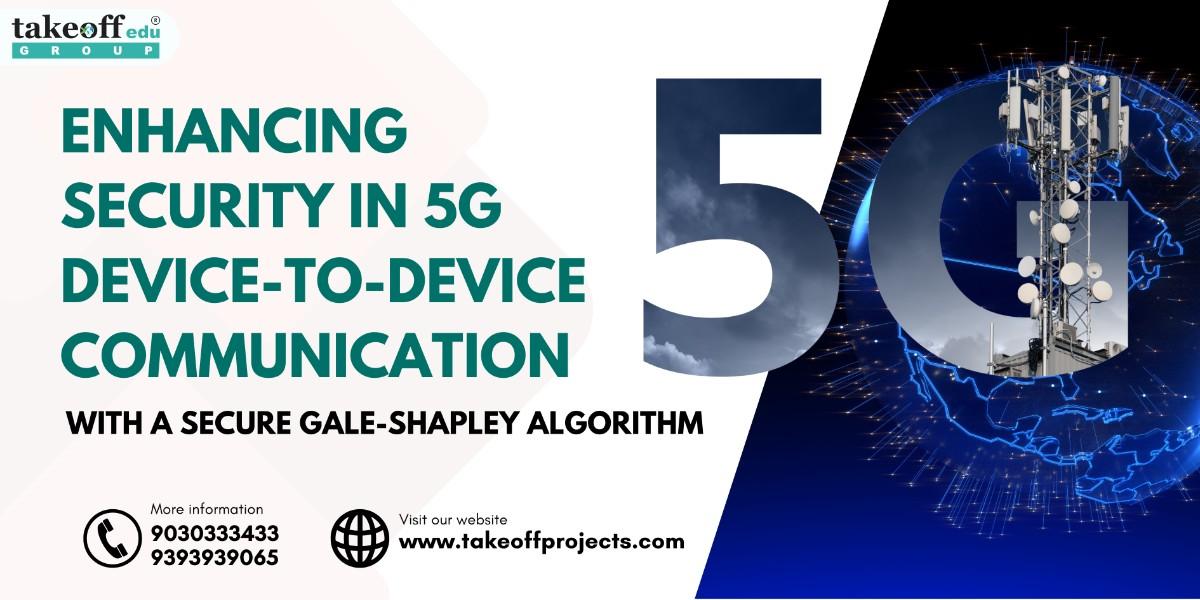 Enhancing Security in 5G Device-to-Device Communication with a Secure Gale-Shapley Algorithm
Enhancing Security in 5G Device-to-Device Communication with a Secure Gale-Shapley Algorithm  Design and Simulation of MIMO Systems Using MATLAB
Design and Simulation of MIMO Systems Using MATLAB 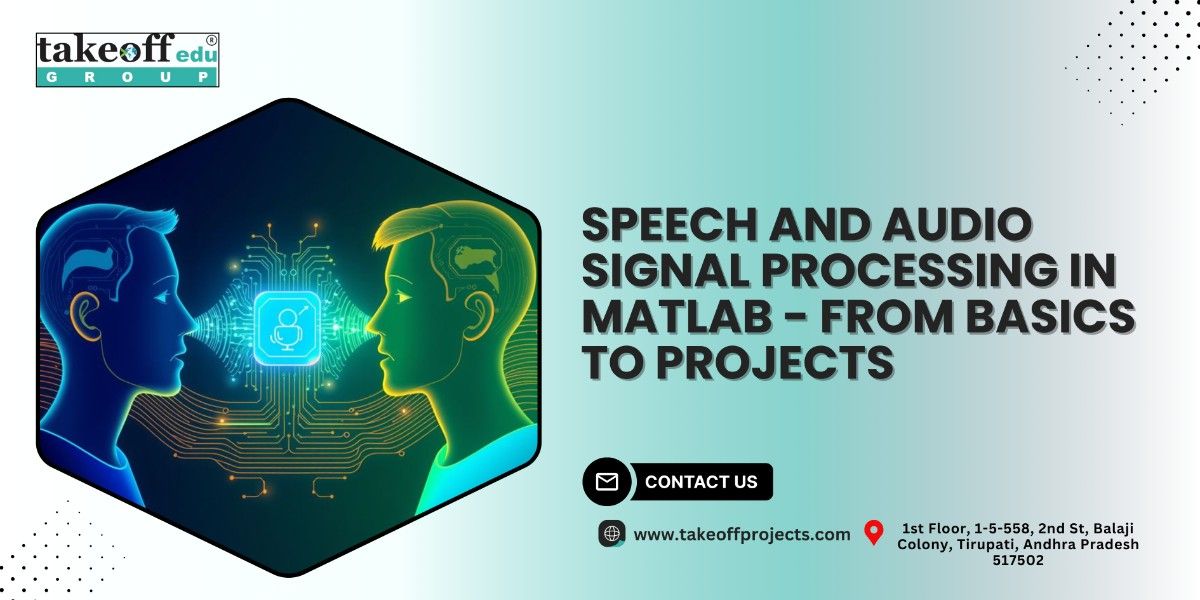 Speech and Audio Signal Processing in MATLAB: From Basics to Projects
Speech and Audio Signal Processing in MATLAB: From Basics to Projects 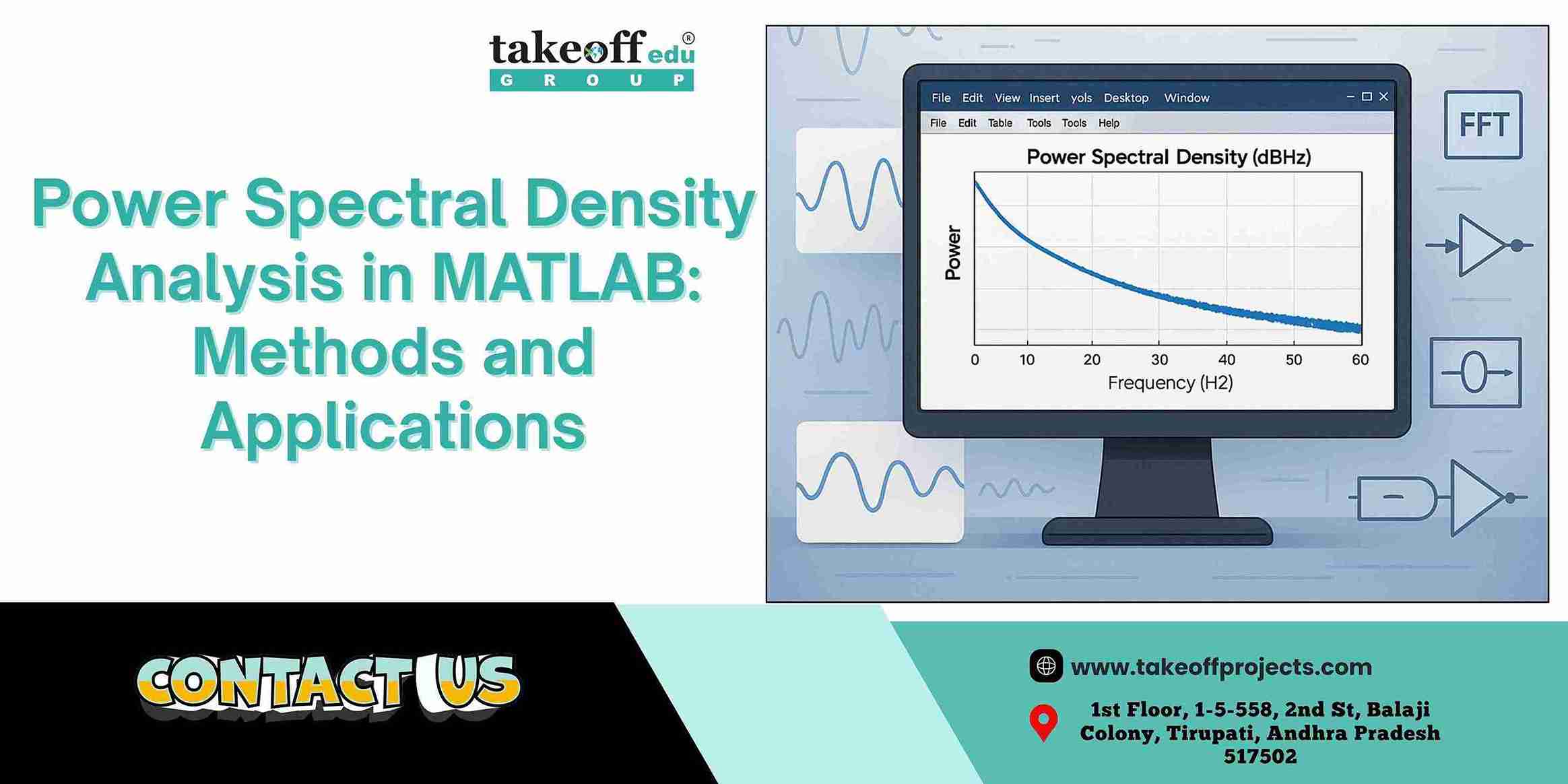 Power Spectral Density Analysis in MATLAB: Methods and Applications
Power Spectral Density Analysis in MATLAB: Methods and Applications 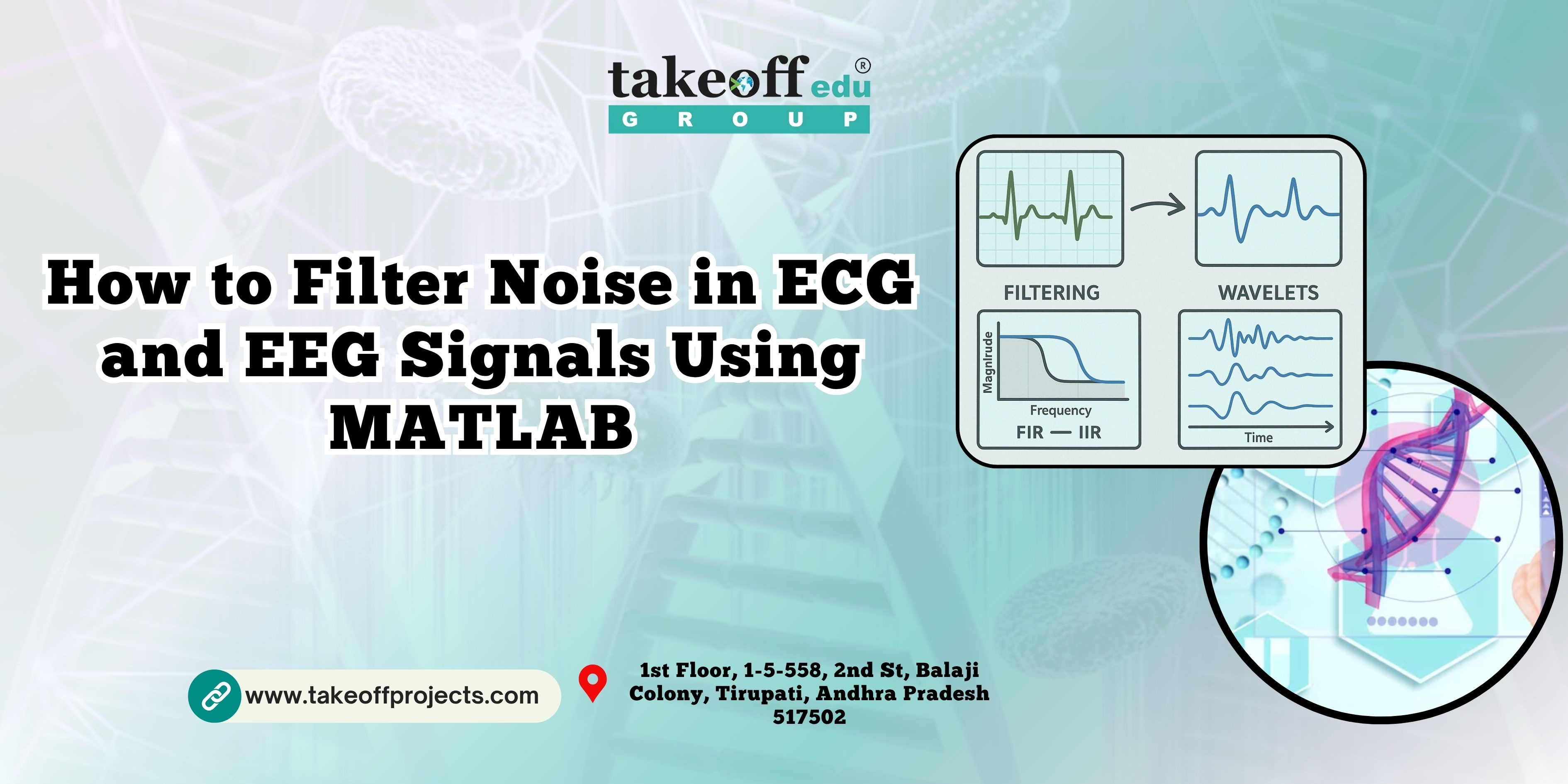 How to Filter Noise in ECG and EEG Signals Using MATLAB
How to Filter Noise in ECG and EEG Signals Using MATLAB 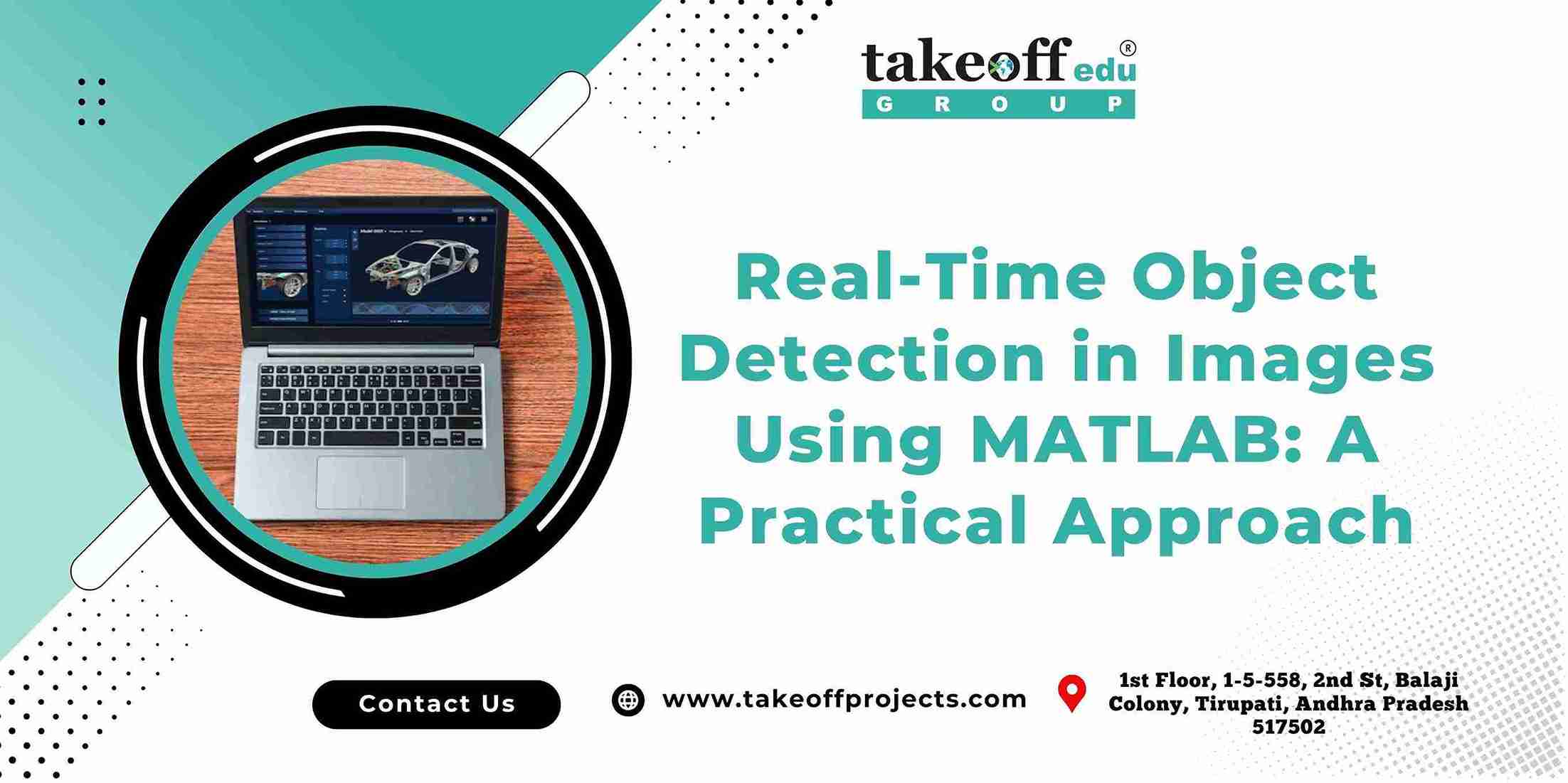 Real-Time Object Detection in Images Using MATLAB: A Practical Approach
Real-Time Object Detection in Images Using MATLAB: A Practical Approach  Enhancing Image Quality in MATLAB: Techniques and Tools You Must Know
Enhancing Image Quality in MATLAB: Techniques and Tools You Must Know  Medical Image Analysis in MATLAB: Applications in Diagnosis and Research
Medical Image Analysis in MATLAB: Applications in Diagnosis and Research  Top 5 Projects on 5G Networks
Top 5 Projects on 5G Networks  Top 5 Projects on Modulation Techniques
Top 5 Projects on Modulation Techniques  Top 7 Projects on MIMO Transmissions
Top 7 Projects on MIMO Transmissions  Top 5 Device to Device Communications Projects
Top 5 Device to Device Communications Projects  Top 7 Image Detection Projects
Top 7 Image Detection Projects  Top 7 Image Compression Projects
Top 7 Image Compression Projects 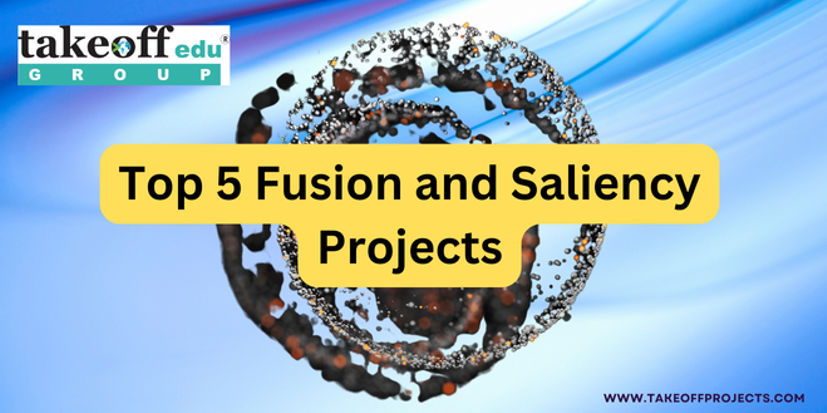 Top 5 Fusion and Saliency Projects
Top 5 Fusion and Saliency Projects  Top 7 Image Retrieval Projects
Top 7 Image Retrieval Projects  Top 5 Image Denoising Projects
Top 5 Image Denoising Projects  Top 7 Projects on Security Applications
Top 7 Projects on Security Applications  Top 7 Image Enhancement Projects
Top 7 Image Enhancement Projects  Top 10 Deep Learning Projects for B.Tech
Top 10 Deep Learning Projects for B.Tech  Top 5 Image Segmentation Projects
Top 5 Image Segmentation Projects  Top 5 Artificial Neural Network Projects
Top 5 Artificial Neural Network Projects 
 Paper Publishing
Paper Publishing


